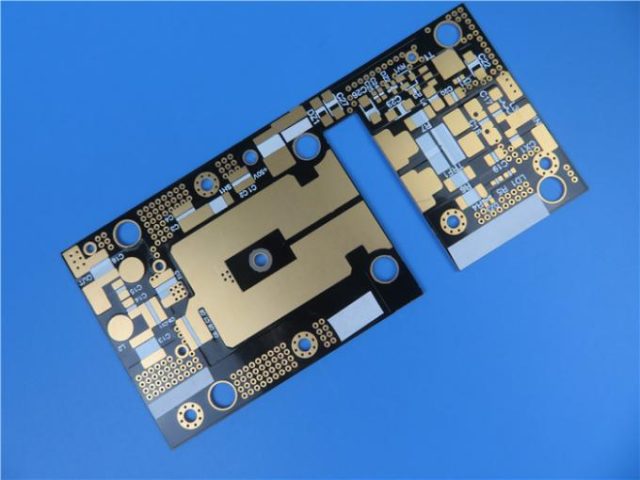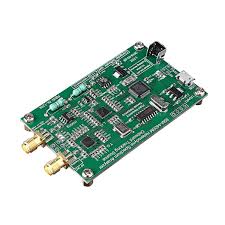High-density microwave power amplifier platforms demand PCB materials capable of maintaining stable dielectric performance, high RF power efficiency, and long-term thermal robustness under continuous high-power loads. RO4835 PCB substrates are engineered precisely for these conditions. By combining a tightly controlled dielectric constant, low dissipation factor, and excellent oxidative stability, RO4835 PCBs offer a reliable foundation for next-generation microwave power amplifier modules where signal fidelity, reduced insertion loss, and thermal endurance are critical.

RO4835 PCB substrates maintain Dk stability across temperature, enabling accurate impedance control for microwave power amplifier chains operating in Ku-band, C-band, and emerging 5G/6G FR1/FR2 systems. Their low Df significantly reduces conductor-dielectric loss, allowing RF engineers to push amplifier gain, improve linearity, and optimize output power without excessive heat generation. This is essential for high-density RF power amplifier topologies such as Doherty PA, GaN PA modules, phased-array transmitter boards, and broadband microwave front-end units.

One defining advantage of RO4835 PCB substrates is their enhanced thermal robustness. The material’s improved oxidative resistance withstands elevated temperatures generated in continuous high-power RF operation. In power amplifier systems where GaN devices operate at high junction temperatures, RO4835 PCB platforms help ensure extended service life, reduced thermal drift, and long-term reliability. These characteristics make RO4835 substrates ideal for radar transmitters, satellite microwave links, military communication systems, and high-power base station RF modules.
The combination of dimensional stability, low moisture absorption, and reliable copper adhesion enables precise circuit alignment for densely packed microwave amplifier boards. This ensures stable transmission line geometries and consistent Dk/Df performance, even during repetitive thermal cycling. Engineers benefit from more predictable RF matching networks, improved PA efficiency, and reduced risk of signal distortion or performance degradation in high-frequency environments.

As 5G massive-MIMO radios, phased-array radars, and microwave backhaul systems continue to increase their RF power density, RO4835 PCB substrates provide the necessary balance of durability and electrical performance. Their capability to sustain low insertion loss, high RF efficiency, and stable dielectric parameters ensures optimized performance throughout the amplifier chain, supporting higher data rates, stronger signal integrity, and more thermally reliable microwave power amplifier architectures.

